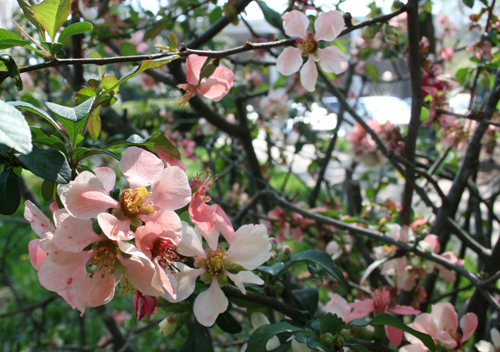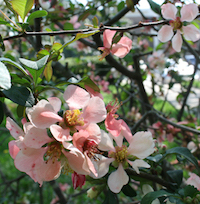Selecting the best place to grow your garden is essential to producing high-yielding crops.
Bob Westerfield, University of Georgia Cooperative Extension consumer horticulturist, believes there are three factors that all home gardeners should consider before planting this year’s spring gardens.
First, find the best place to achieve maximum sunlight. Westerfield said that vegetables grow best in as much sun as possible. Most require at least six to eight hours of sunlight daily. Areas under or near shade trees are not suitable for gardens due to the lack of sunlight.
Next, select a spot in close proximity to a water source. Westerfield recommends using drip irrigation, as water is applied at soil level and impacts the roots directly.
“There are plenty of agronomic farmers … who grow dryland corn or dryland soybeans, but when it comes to vegetable gardens, you’re producing a crop with very fast turnaround and you need to be able to rely on irrigation,” he said. “You’ve got to have a source of water.”
Finally, find an area that drains well and does not have a history of noxious weeds like bermudagrass or nutsedge. Westerfield advises against planting in a weedy area because it can be difficult to eradicate the weeds. While bermudagrass serves as turf on some front yards, when it grows in a vegetable garden, it becomes a weed, and a deeply rooted one.
After the proper site has been selected, Westerfield advises preparing it now, starting with soil sampling. It’s important to know the pH of your soil. Vegetables grow better in soil that is slightly acidic. Soil adjustments through lime treatment it take a while to take effect.
Contact your local UGA Extension agent to submit a soil sample for analysis.








